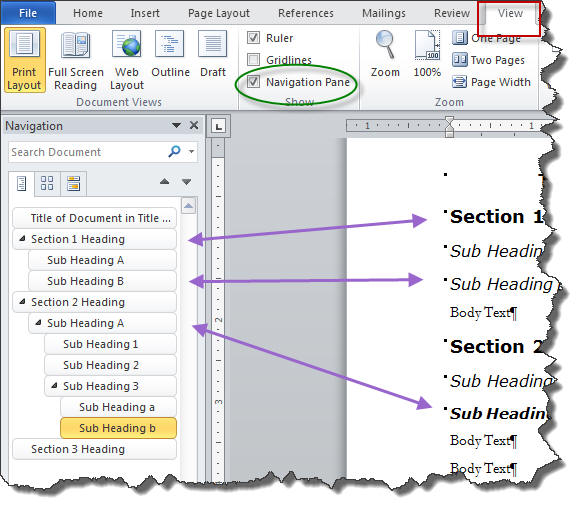

You may also be interested in how to keep computer files organized. Once you have saved a Template, you can find it on your New screen when you create a New Document. Use Templates when you want to save the document text, in addition to the Theme. Use the folder where Microsoft Word prompts you to save it.

You create a Template exactly the same way you create any document. Using Microsoft Word templates Create your document Under the Design Tab, you will now see the Custom “New Theme” you created. If you want to use these set Styles again and again, you can save them as a Custom Theme.Ī Theme saves the “look and feel” of the document.Ī Template uses the Theme “look” but also adds text that you may want to use again and again. You can save these settings to be consistant across this document ONLY – or you can save it in the Template, so that all future documents will have this same “look and feel.” 2. This will modify every Style Element across your document.Ĭhoose Between Saving Styles in the Document and Template You can further customize your Style options by “right-clicking” any Style. Once you’ve selected the Styles, Fonts, and Colors you like best in the Design tab, head back to the Home tab. What if you can’t find a style that works?

At the bottom, you can create your own combination – and give it a custom name that you’ll remember. Your Font and Color combinations are not restricted to Microsoft Word’s pre-built options. You can also choose your Document Colors, Fonts, and Other Items. Microsoft Word offers a number of pre-built Styles.Ĭlicking on the Style will change the formatting throughout your document. Header 3 What if you want a different style? Rather than making headings “Bold” one at a time, the Style allows you to change all the Headings across the entire document in one central location.įor example in this document, when select the “Title” text then apply the Title Style, the document formatting will be updated.Ĭontinue to Select Text and Apply the Heading Style Styles are a way to keep your formatting consistent within a document. Templates allow you to re-use text, and keep your look and feel consistent across multiple documents. Themes keep your look and feel consistent across multiple documents. Styles keep your formatting consistent within a document.
#FIND HEADING STYLES IN WORD MANUAL#
This adds the two-inch margin required for chapter titles (this one inch, then one inch from the margin). Use a character style, rather than manual formatting, to make your headings consistent, easy to apply, and easy to maintain. or 72 pt (these are equivalent values) in the Spacing Before: box.


 0 kommentar(er)
0 kommentar(er)
